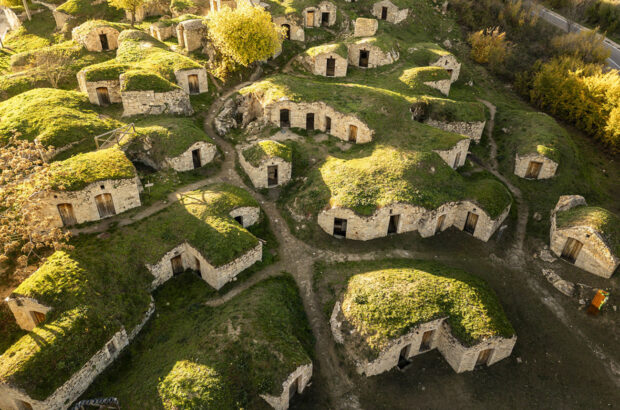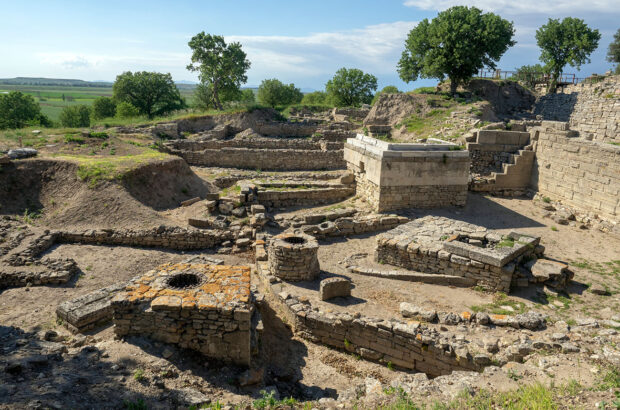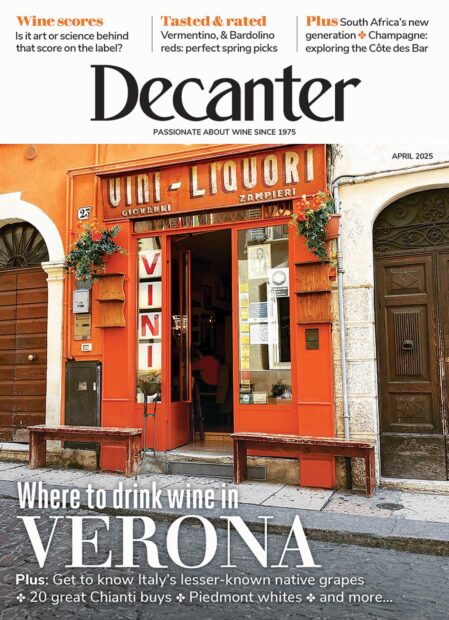Whole vineyards were submerged by water following mass flooding in the Aude region of southern France, which is reported to have killed 14 people and caused tens of millions of euros-worth of damage to property.
French president Emmanuel Macron has promised 80 million euros of aid to the inhabitants of the Aude region in France’s Languedoc-Roussillon, where 14 people have been reported killed and some early estimates suggest total damage to property could be up to 200 million euros.
While emergency services have naturally focused on community welfare and saving lives, winemakers within some of the worst-hit areas have also been concerned about their vineyards.
On Monday, president of the Aude Winegrowers Union (Syndicat des Vignerons de l’Aude) estimated that 40% to 50% of the region’s vineyards were affected by the floods.
‘It’s catastrophic,’ said Frédéric Rouanet, commenting on the flooding in general and adding it will be another three weeks before vineyard costs can be estimated.
However, as only a handful of vintners were still to harvest, he did not expect there to be any impact on overall production figures for the 2018 vintage.
It is also thought that the flooding would have been more damaging if it happened during the vines’ growing season.
See also: The life cycle of a vine – ask Decanter
Asked if the flooding was linked to climate change, Rouanet said he was unsure. ‘It also happened in 1999 and was a bit worse.’
At the Frissant family’s Château Coupe-Roses in the Minervois, where one vineyard plot spent several days underwater, the influence of climate change is felt more strongly.
Oenologist and winegrower Sarah Frissant sees the floods as part of a larger pattern of weather change.
Over the last five years, her team has conducted tests with new heat, drought and disease resistant vine types. Ironically, it was one of these test plots that spent the last few days underwater.
‘We couldn’t reach those vines. They were planted last spring, on a slope. The ones at the bottom were completely covered by about 80 centimetres of water.’
It was only on Saturday the family were able to reach the plot.
‘A few were uprooted, but it looks like they will survive,’ Frissant said.
She added that the water left behind a completely changed landscape; one that is covered in small stones.
Frissant’s agronomist mother, meanwhile, said she felt climate change was not the only issue. ‘There’s also the effects of modern agricultural practices, which have reduced the soil’s water absorption capacity, and poor river management.’
Read on Premium:







